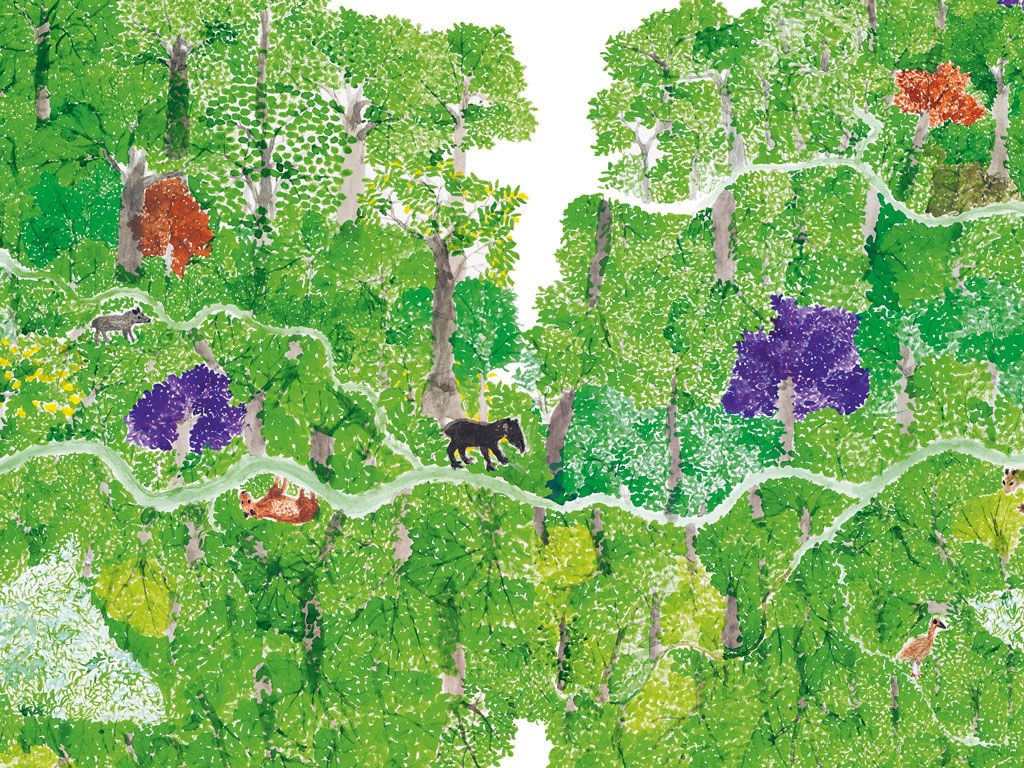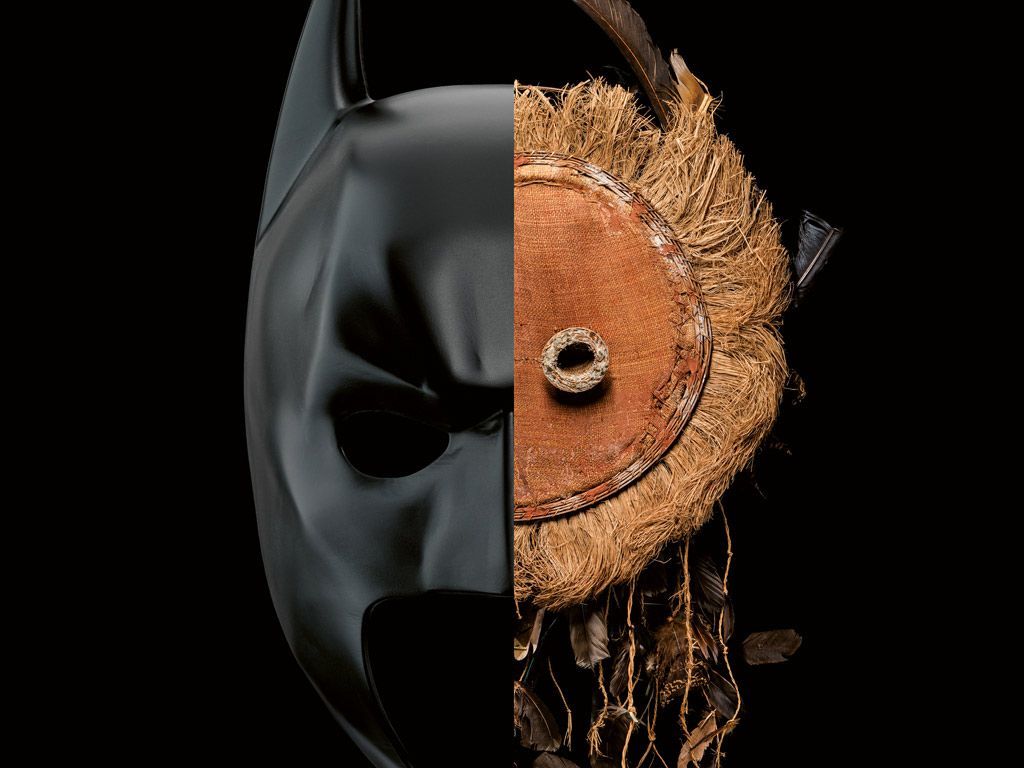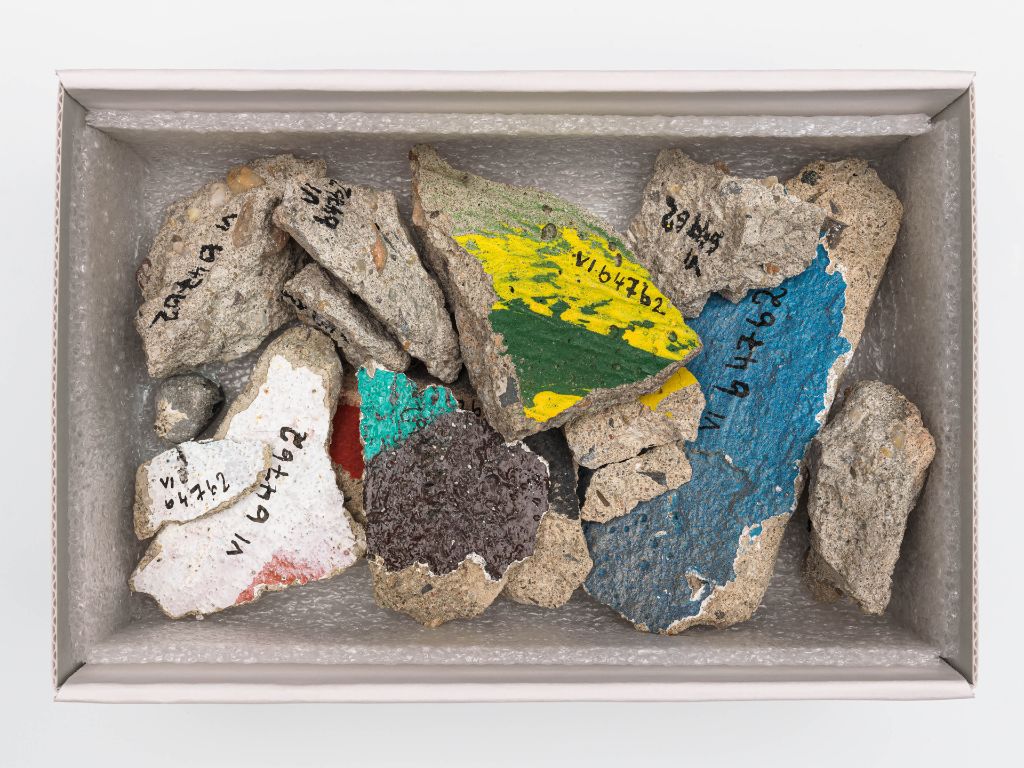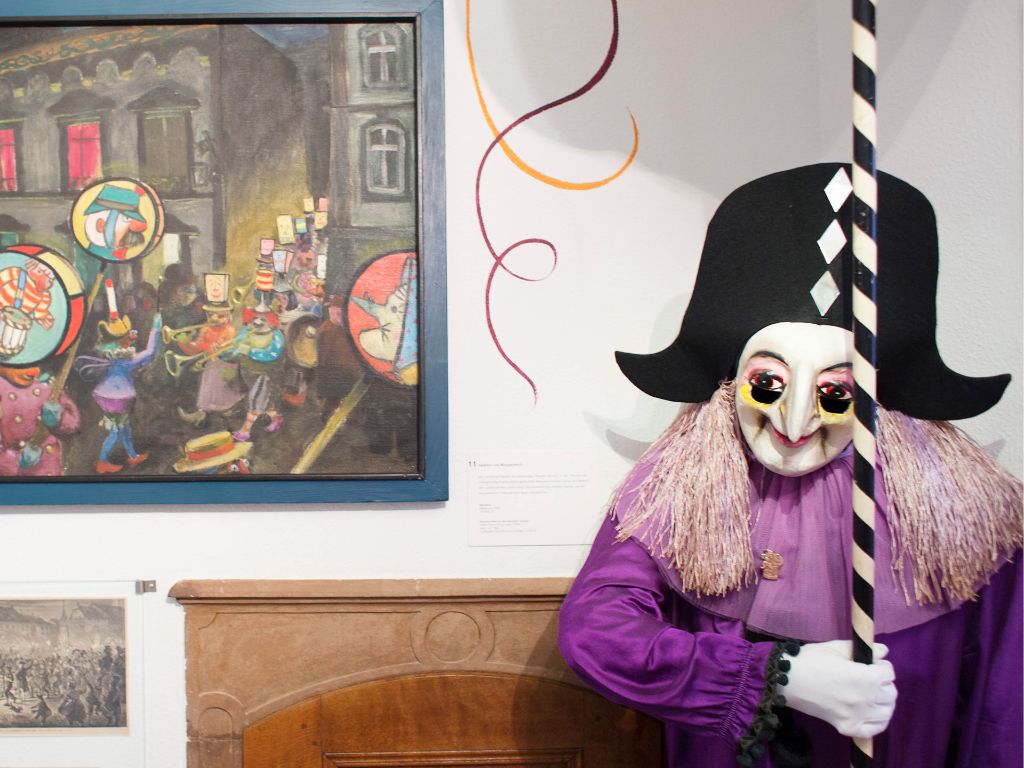Every object in the European collection of the Museum der Kulturen Basel has its own story to tell. Our latest exhibition reveals their gripping, curious, and even tragic fates while throwing light on the individuals we have to thank for these objects.
12,000 objects from Europe entered the collection of the Museum der Kulturen Basel (MKB) between 1900 and 1936, and were recorded in the so-called accession book. At the start of the exhibition, visitors can browse through a copy of it. In it, they'll discover what was purchased, exchanged or donated; where things came from, how much they cost, and who sold them.
Visitors will encounter some of those individuals again later in the exhibition. Take the museum caretaker, for instance, who was encouraged to look out for folk art objects while holidaying in the Jura mountains and to bring some back with him to Basel. Or Eduard Hoffmann-Krayer, the then curator of the European section. He practically smuggled one of his three-piece suits into the collection. Then there was the little girl from Uri who had a bit of a record – albeit in a good way.
Everlasting love
Some 370 exhibits associated with everyday life, faith, and superstition convey a vivid impression of life in Europe at the start of the 20th century. Some 130 amulets reveal what people were afraid of, what they hung around their neck to ward off evil, to protect their health, or to bring them luck.
A ring donut from Serbia that was accessioned in 1919 seems unremarkable at first sight – yet appearances are deceptive! It was made using flour mixed with breast milk. If a wife gave her husband one of these very rare pastries to eat, the couple was said to be certain of everlasting love.
World War I
The First World War left its mark on the era and the MKB, whose collecting activities were constrained by scarce funds and closed borders. A large Japanese Buddha once became stranded in a safe port, for instance.
People nevertheless needed money and were more willing to part with items. Like the hotel worker from Uri who sold toys, or Anina Grass from the Engadin who had a knack for selling her cross-stitch towel covers and other home-made textiles to the museum curator.
Interestingly, collectors were also dispatched to war zones: husband and wife Julius and Anna Konietzko, for instance, were sent to the Balkans from where they returned with many objects. Thanks also to items hand-made by soldiers, new collecting specialisms even evolved.
A few objects, incidentally, merit special attention: they have become the stuff of comics, tell their own story in monologues, or appear in stories written specially with young readers in mind. Visitors can even chat with five objects!
The accompanying publication Wie die Dinge zusammenkamen is available for purchase at the museum shop or from local bookshops
Every object in the European collection of the Museum der Kulturen Basel has its own story to tell. Our latest exhibition reveals their gripping, curious, and even tragic fates while throwing light on the individuals we have to thank for these objects.
12,000 objects from Europe entered the collection of the Museum der Kulturen Basel (MKB) between 1900 and 1936, and were recorded in the so-called accession book. At the start of the exhibition, visitors can browse through a copy of it. In it, they'll discover what was purchased, exchanged or donated; where things came from, how much they cost, and who sold them.
Visitors will encounter some of those individuals again later in the exhibition. Take the museum caretaker, for instance, who was encouraged to look out for folk art objects while holidaying in the Jura mountains and to bring some back with him to Basel. Or Eduard Hoffmann-Krayer, the then curator of the European section. He practically smuggled one of his three-piece suits into the collection. Then there was the little girl from Uri who had a bit of a record – albeit in a good way.
Everlasting love
Some 370 exhibits associated with everyday life, faith, and superstition convey a vivid impression of life in Europe at the start of the 20th century. Some 130 amulets reveal what people were afraid of, what they hung around their neck to ward off evil, to protect their health, or to bring them luck.
A ring donut from Serbia that was accessioned in 1919 seems unremarkable at first sight – yet appearances are deceptive! It was made using flour mixed with breast milk. If a wife gave her husband one of these very rare pastries to eat, the couple was said to be certain of everlasting love.
World War I
The First World War left its mark on the era and the MKB, whose collecting activities were constrained by scarce funds and closed borders. A large Japanese Buddha once became stranded in a safe port, for instance.
People nevertheless needed money and were more willing to part with items. Like the hotel worker from Uri who sold toys, or Anina Grass from the Engadin who had a knack for selling her cross-stitch towel covers and other home-made textiles to the museum curator.
Interestingly, collectors were also dispatched to war zones: husband and wife Julius and Anna Konietzko, for instance, were sent to the Balkans from where they returned with many objects. Thanks also to items hand-made by soldiers, new collecting specialisms even evolved.
A few objects, incidentally, merit special attention: they have become the stuff of comics, tell their own story in monologues, or appear in stories written specially with young readers in mind. Visitors can even chat with five objects!
The accompanying publication Wie die Dinge zusammenkamen is available for purchase at the museum shop or from local bookshops.
.svg)



